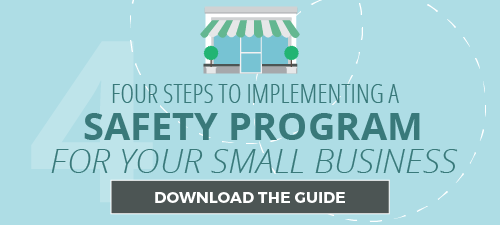Address a Need
Don’t just concoct safety goals based on what you think your company should be doing or what everyone else is doing, base them on the issues and needs that are present in your organization. Research and analyze the safety concerns that you’ve had over the past year. What can you do to address these concerns? Maybe there’s a goal there. If you had three injuries caused by falls from ladders last year, a realistic safety goal could be to reduce ladder-related injuries to zero in the new year.
Be SMART
Goals should be SMART, or Specific, Measurable, Attainable, Relevant, and Timely. You may have heard this one before, but it’s often overlooked when we write goals. If your goal addresses a safety need in your organization, it’s relevant and likely specific, but it also needs to be attainable, measurable, and timely. If your goal is to reduce all workplace injuries to zero, that’s not very attainable–incidents will always have a chance of happening.
The scenario from the previous example, reducing ladder-related injuries from three to zero in the upcoming year, is a more realistic and reachable goal than having no workplace injuries and is much more specific. This goal is also measurable because it is quantifiable; if the goal was simply “reduce ladder-related injuries,” it would be unclear as to how many ladder-related injuries would be acceptable in order to meet the goal. To be measurable, there should also be regular progress checks to see where things stand. The goal meets the timely criteria because it establishes a time frame for measurement–one year. Without a set time parameter, it’s difficult to stay on track with actions that lead to goal achievement.
Involve Everyone
We’ve said it before and we’ll say it again: safety is everyone’s responsibility. The president, managers, or safety coordinator shouldn’t be the only people involved in working toward safety goals. Employees should be made aware of and involved in setting organizational safety goals, and the steps that they can take individually and as a whole to help achieve those goals. If one of the company’s goals is to have zero ladder-related injuries in the next year, let employees know that. Make sure that you’re taking actions to meet the goal, like training all employees who use ladders on ladder safety, and that employees are involved in, engaging with, and understanding training in safe ladder-use practices.
Without any goals, your safety program will be directionless, and without good safety goals, ineffective. Good goals are designed to address company needs, be SMART, and involve everyone in the organization, from top to bottom. Give eSafety a call to find out how our LMS can help your organization reach its safety goals, or request a free quote online today!


